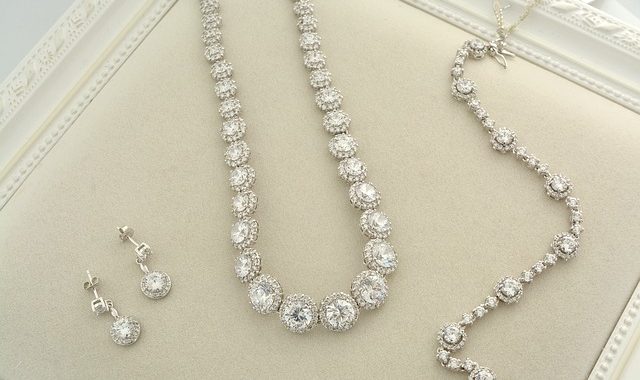
Diamond earrings are classy and tasteful earrings that every woman loves to wear. They can be so versatile, and come in many styles and colors as well. Earrings with diamonds in them never go out of style, and just a single pair of earrings added to your outfit makes you feel all dressed up and ready for a night on the town. While most diamond earrings might look the same to the naked eye, you are probably wondering why some of them will cost more than others do.
There are several reasons that one pair of diamond earrings may cost more than another. You see, the diamonds are sold by weight in Karats. When you have a diamond that is a higher karat than the other, the one with the higher karat weight will be more expensive. This is the reason you can have two different pairs of earrings with diamonds in them, and they both look the same, but one might be more expensive because the karat weight is higher in one pair than the other one.
Another reason that one pair of diamond earrings might cost more than another is because of the diamond cut. There are so many different diamond cuts that you can have in a pair of earrings, and each and every one of them are unique in their own way. Some of the cuts are harder to get than others and make perfect. This would mean that a particular cut would be more expensive as it is harder to achieve. All women have their favorite cuts that they love diamonds in, and the princess cut diamond is probably the most popular of them all.
Something else to think about that may increase the cost of a pair of diamond earrings is the setting that the diamonds are in. There are so many different settings to choose from when you are looking at earrings with diamonds, and some of them are a little harder to get. When you have a really complicated setting for the diamonds, you are looking at paying more per pair of earrings than you would just a single stud setting.
Diamond earrings are so beautiful and come in many different metal settings that you can choose from. You will find that there is 18K Gold, 14K Gold, and 10K gold. This only covers the yellow gold that you can choose from. There is also white gold and sterling silver that are ever so popular with earrings. However, you will also find that for those that are allergic to gold and silver, you will be able to get titanium earrings with diamonds in them. This is a great alternative for anyone that has allergies to other metals, it is a little more expensive, and it is readily available in most jewelry stores.
As you can see, diamond earrings are any female’s favorite. You can not go wrong when you surprise a girl with a pair. You now know why some earrings with diamonds in them may look the same but cost different. If you were to buy a pair of pairs that had a really high diamond karat weight you would make an investment that would be cherished for many years. Diamond jewelry never goes out of style and you can wear it with anything to any occasion and look great.
Quatty Wot is the perfect store if you’re looking for more affordable women’s fashion accessories. You can visit their website for more details.
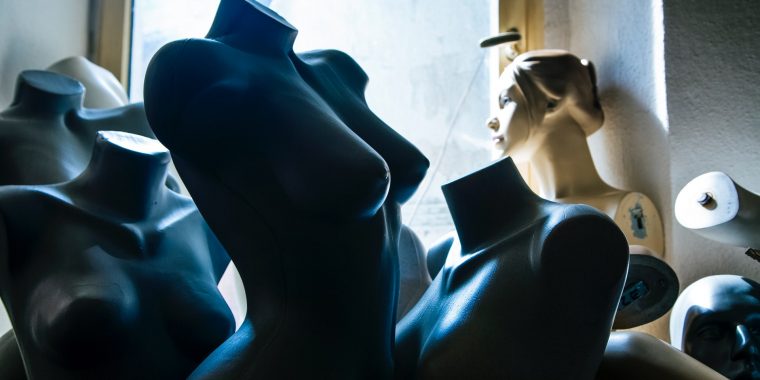
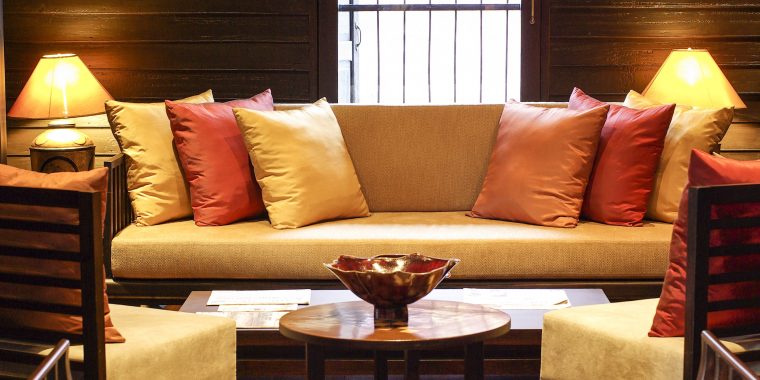
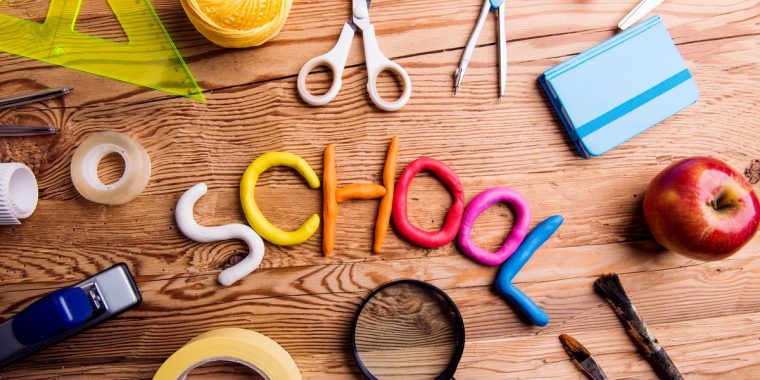
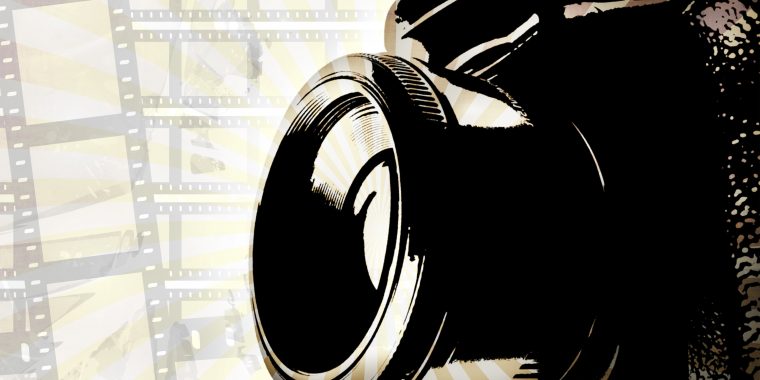

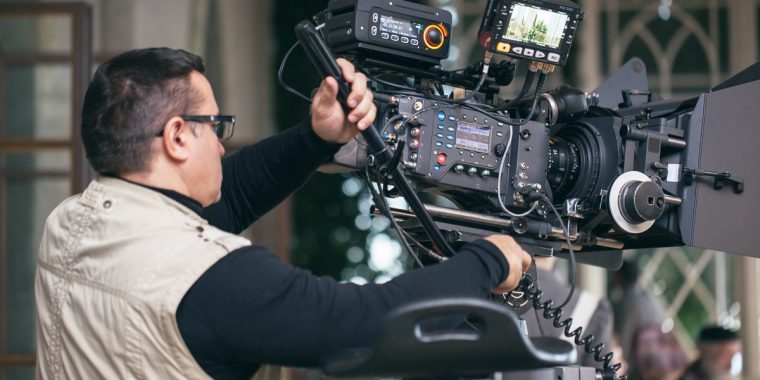
 The key to finding good still life painting ideas is keeping an open mind. Compositions can be found in unusual areas as long as the artist is willing to look.
The key to finding good still life painting ideas is keeping an open mind. Compositions can be found in unusual areas as long as the artist is willing to look. Still Life Painting Ideas in the Kitchen
Still Life Painting Ideas in the Kitchen
 Although batik has been around for almost 2,000 years, it is Java, Indonesia where it has become a well developed art in its own right. Batik is a labor intensive art that involves applying wax to fabric and immersing the fabric into dye. If more than 2 colors are desired, the wax is removed and the fabric is waxed again before immersing in a third color. A more direct approach to painting fabric can lead to innovative works. By using paint instead of dye, and instant potatoes instead of wax, multiple colors can be applied without multiple steps. Here’s how to do it.
Although batik has been around for almost 2,000 years, it is Java, Indonesia where it has become a well developed art in its own right. Batik is a labor intensive art that involves applying wax to fabric and immersing the fabric into dye. If more than 2 colors are desired, the wax is removed and the fabric is waxed again before immersing in a third color. A more direct approach to painting fabric can lead to innovative works. By using paint instead of dye, and instant potatoes instead of wax, multiple colors can be applied without multiple steps. Here’s how to do it.

 For new artists, buying art supplies, especially paint, can be overwhelming. With hundreds of brands, sizes and qualities to choose from, many wonder where to begin. Follow the tips in this article to jump-start an art education.
For new artists, buying art supplies, especially paint, can be overwhelming. With hundreds of brands, sizes and qualities to choose from, many wonder where to begin. Follow the tips in this article to jump-start an art education. Watercolor Art Supplies
Watercolor Art Supplies
